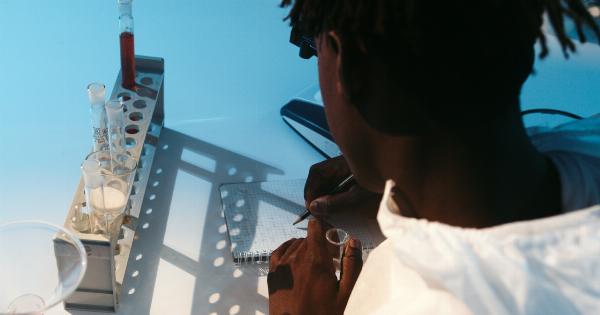The spine is one of the most crucial components of our body, providing support, stability, and mobility. However, various factors can lead to disc issues, causing pain, discomfort, and limited function.
Disc problems can manifest in different ways, including herniated discs, bulging discs, or degenerative disc disease. Detecting these issues early on and seeking appropriate treatment is essential for preventing further complications and improving overall quality of life.
Understanding Disc Issues
Discs, also known as intervertebral discs, are located between the vertebrae of the spine. These discs serve as cushions, absorbing shock and providing flexibility to the spine.
However, they are susceptible to wear and tear over time, leading to various disc-related problems.
Symptoms of Disc Issues
Disc issues can cause a range of symptoms, including:.
- Localized or radiating pain in the back, neck, or limbs.
- Numbness or tingling sensation in the affected area.
- Muscle weakness or loss of coordination.
- Difficulty in maintaining balance.
- Reduced range of motion.
- Pain exacerbated by certain activities or movements.
- Sciatica, a condition characterized by pain that radiates down the sciatic nerve.
Diagnosing Disc Issues
To diagnose disc issues, medical professionals employ various methods, such as:.
- Physical examination: The doctor examines the patient’s range of motion, reflexes, and muscle strength.
- Medical history: The patient’s medical history is essential in understanding underlying causes or predispositions to disc problems.
- Imaging tests: X-rays, CT scans, or MRI scans help visualize the spine and identify any abnormalities or damage to the discs.
- Nerve conduction studies: These tests evaluate the functioning of nerves and muscles to determine if any compression or damage is occurring.
Treating Disc Issues
There are several treatment options available for disc issues, depending on the severity and specific diagnosis. Some common treatment approaches include:.
- Conservative treatments: These include physical therapy, hot and cold therapy, pain medications, and chiropractic adjustments to alleviate pain and improve functionality.
- Epidural steroid injections: Injections of steroids around the affected nerve can provide temporary relief from pain and reduce inflammation.
- Surgical interventions: In severe cases where conservative treatments fail to provide relief, surgical options like discectomy, laminectomy, or spinal fusion may be considered.
- Alternative therapies: Some individuals find relief through alternative therapies such as acupuncture, massage, or yoga. While not scientifically proven, these methods may provide symptomatic relief for some patients.
Preventing Disc Issues
While some disc issues may be unavoidable due to age or genetics, certain measures can help reduce the risk or progression of these problems. It is crucial to:.
- Maintain a healthy weight: Excess weight puts additional strain on the spine, increasing the risk of disc problems.
- Practice proper posture: Avoid slouching or hunching, as this can lead to abnormal stress on the spinal discs.
- Exercise regularly: Engaging in activities that strengthen the back muscles and improve flexibility can provide support to the spine.
- Lift with care: When lifting heavy objects, use your legs instead of your back to minimize strain on the discs.
- Take breaks: If your work involves long periods of sitting or standing, make sure to take regular breaks and stretch to relieve pressure on the spine.
Living with Disc Issues
Managing disc issues can be challenging, but making certain lifestyle modifications can help improve comfort and functionality. Some tips for living with disc issues include:.



























